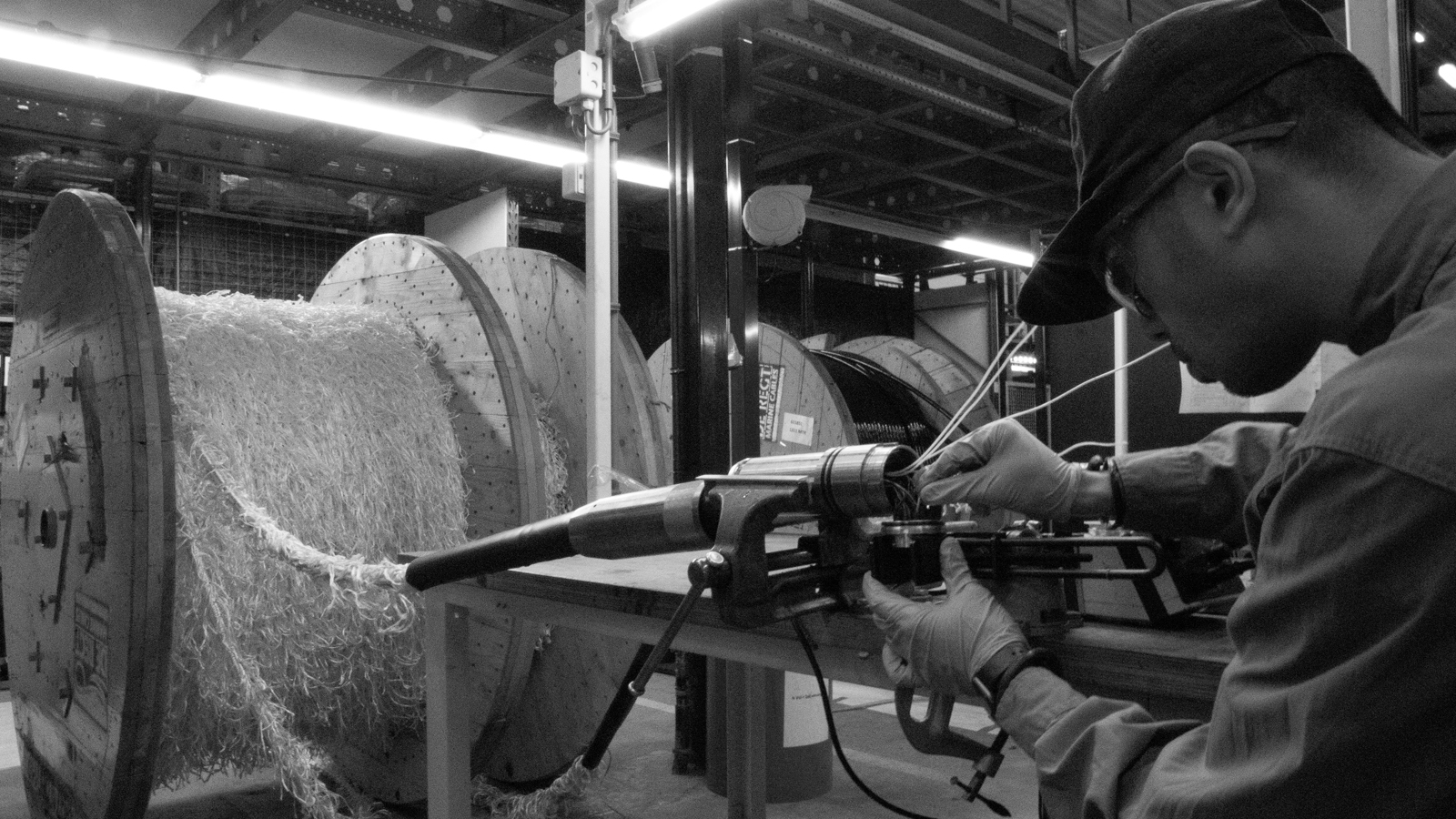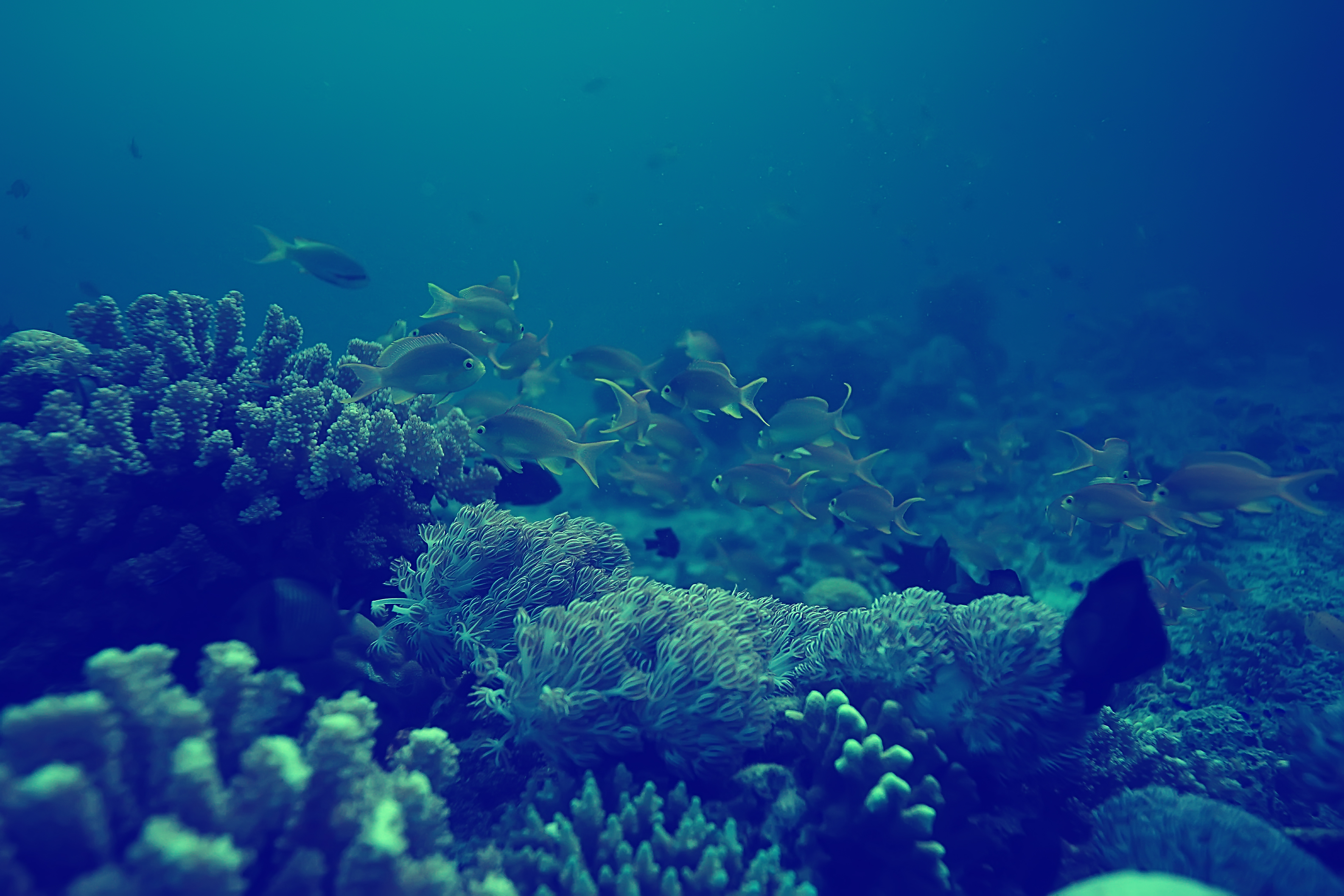When working with ROVs and ROV cables, it is crucial that your subsea project runs as efficiently as possible. That means minimal downtime and a long life expectancy. However, knowing when your subsea ROV equipment needs to be replaced is also essential.
Lists by Topic
- ROV Cables (18)
- Seismic (14)
- Naval Defense (12)
- Naval cables (12)
- Cable solutions (10)
- Cable design (9)
- Subsea cables (9)
- Deep-sea cables (7)
- Renewable Energy (7)
- Field Service (6)
- Fields Service (6)
- Innovation (6)
- News (5)
- ROV (5)
- Cable requirements (4)
- Renewables (4)
- Seismic source umbilical terminations (4)
- cables (4)
- Cable specification (3)
- Design considerations (3)
- ROV innovations (3)
- Subsea (3)
- Umbilical products (3)
- Bespoke marine cables (2)
- Deep sea mining (2)
- Defense (2)
- Oil & Gas (2)
- Seabed equipment terminations (2)
- Umbilical cables (2)
- design (2)
- manufacturing (2)
- Aramid (1)
- Dynamic cable design (1)
- Flexible terminations (1)
- HSE day (1)
- Heidrun platform (1)
- Lightweight balloon tether terminations (1)
- Maintenance (1)
- Raw materials (1)
- Seismic lead-in terminations (1)
- Spare parts (1)
- Steel (1)
- Termination specification (1)
- Testing (1)
- Thermal analysis tool (1)
- company video (1)
- development (1)
- experience (1)
- facilities (1)
- fibre (1)
- requirements (1)
- research (1)
- service (1)
- supplier (1)
- test (1)
- video (1)

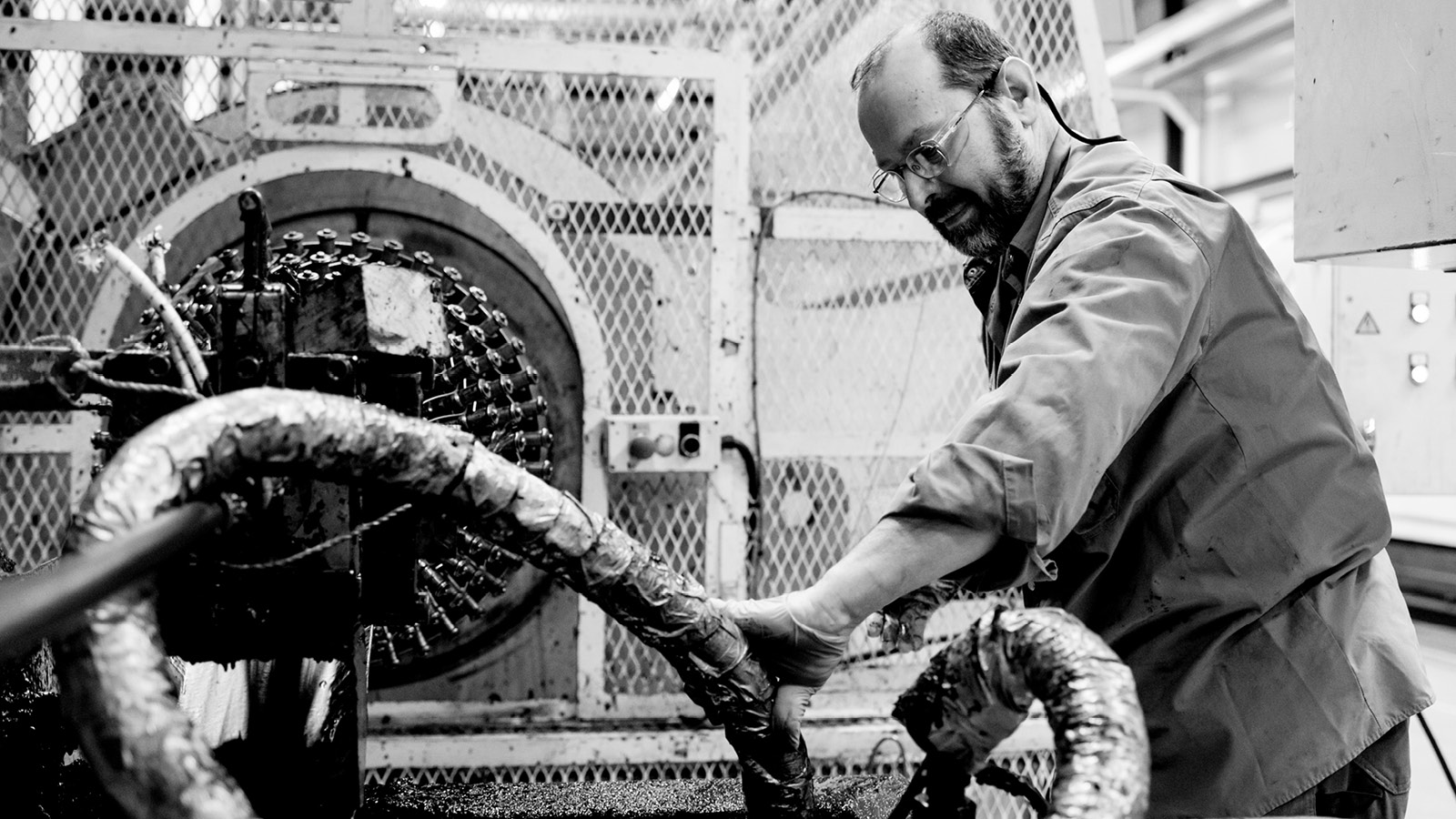
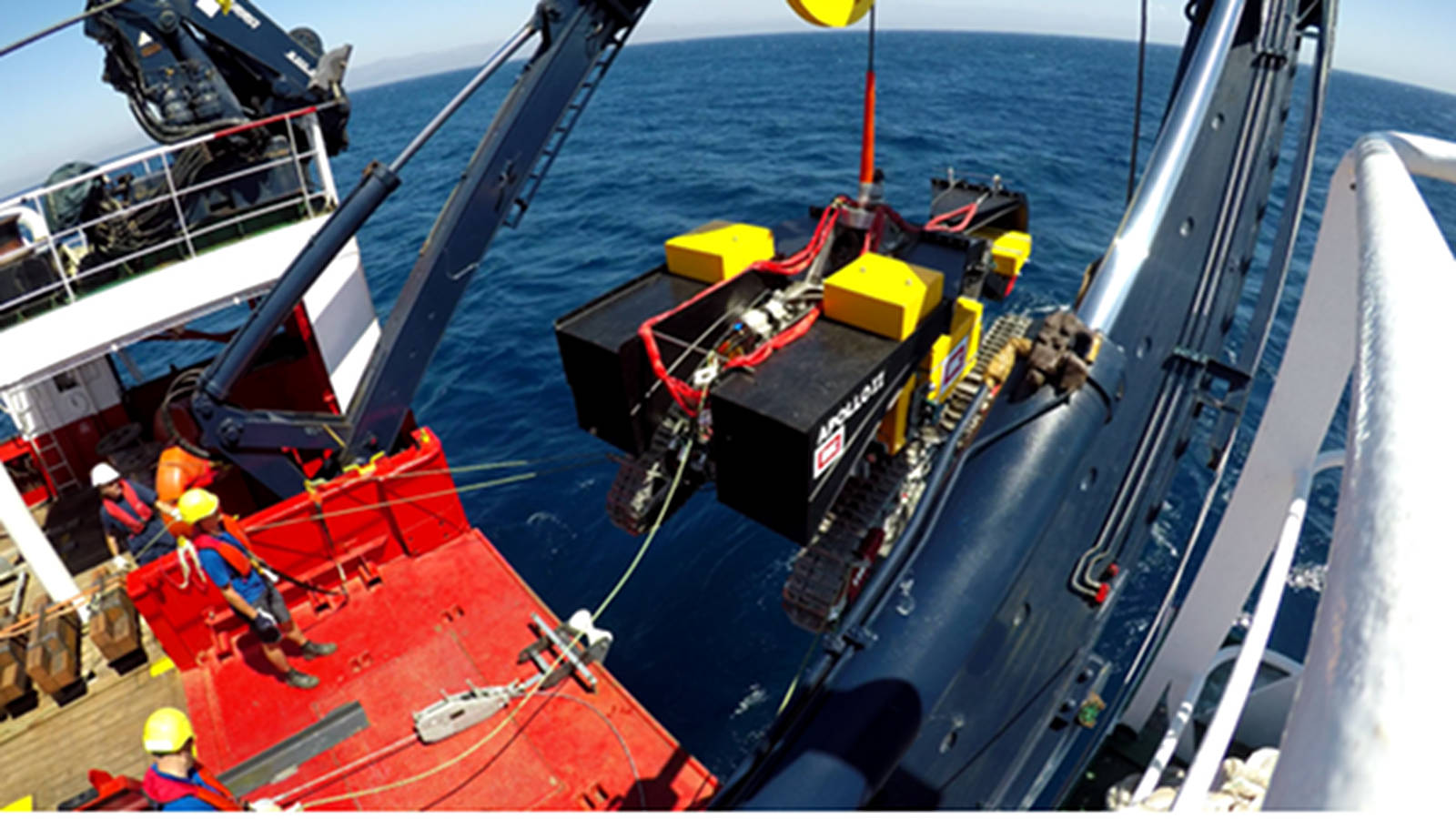
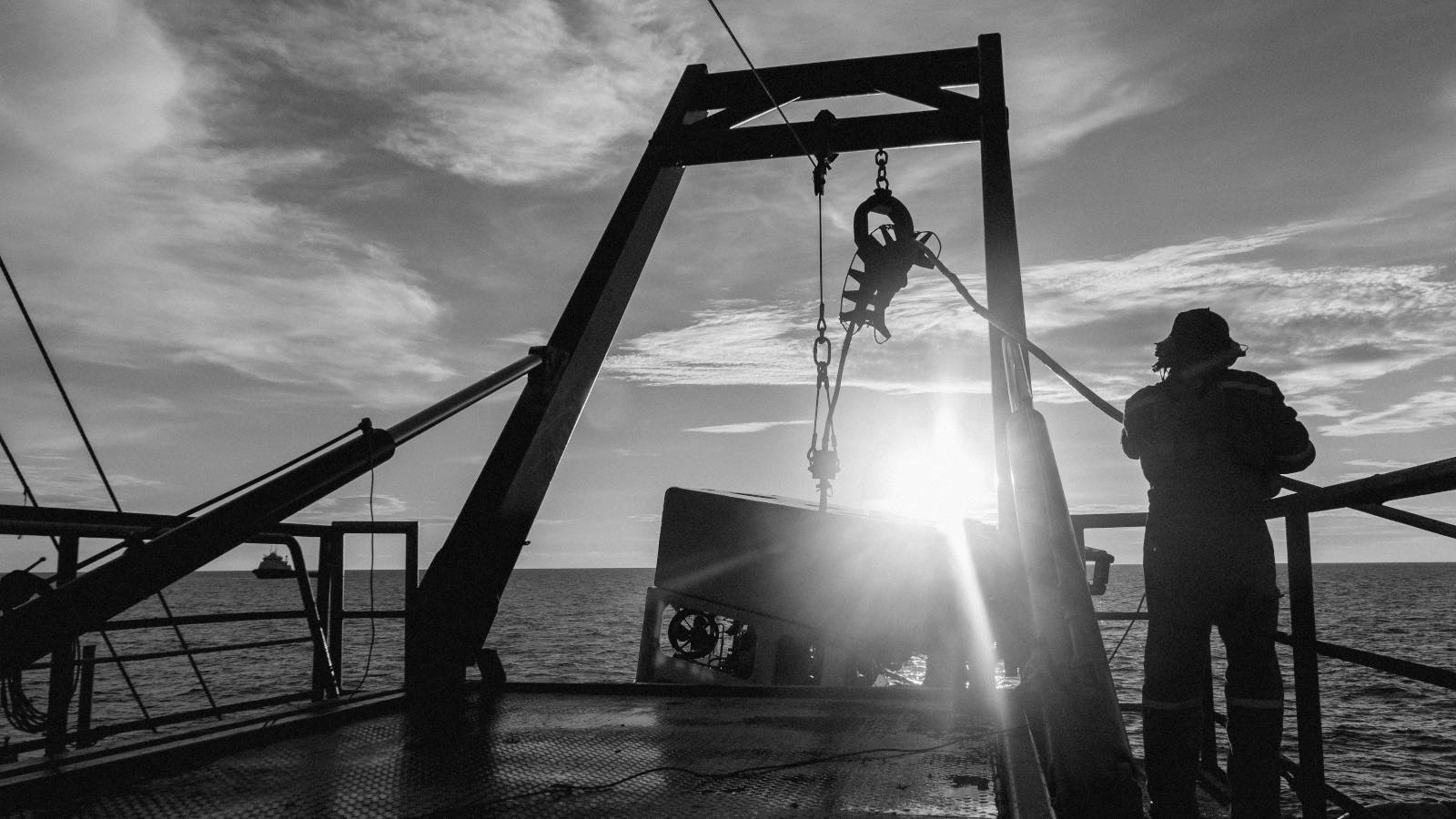
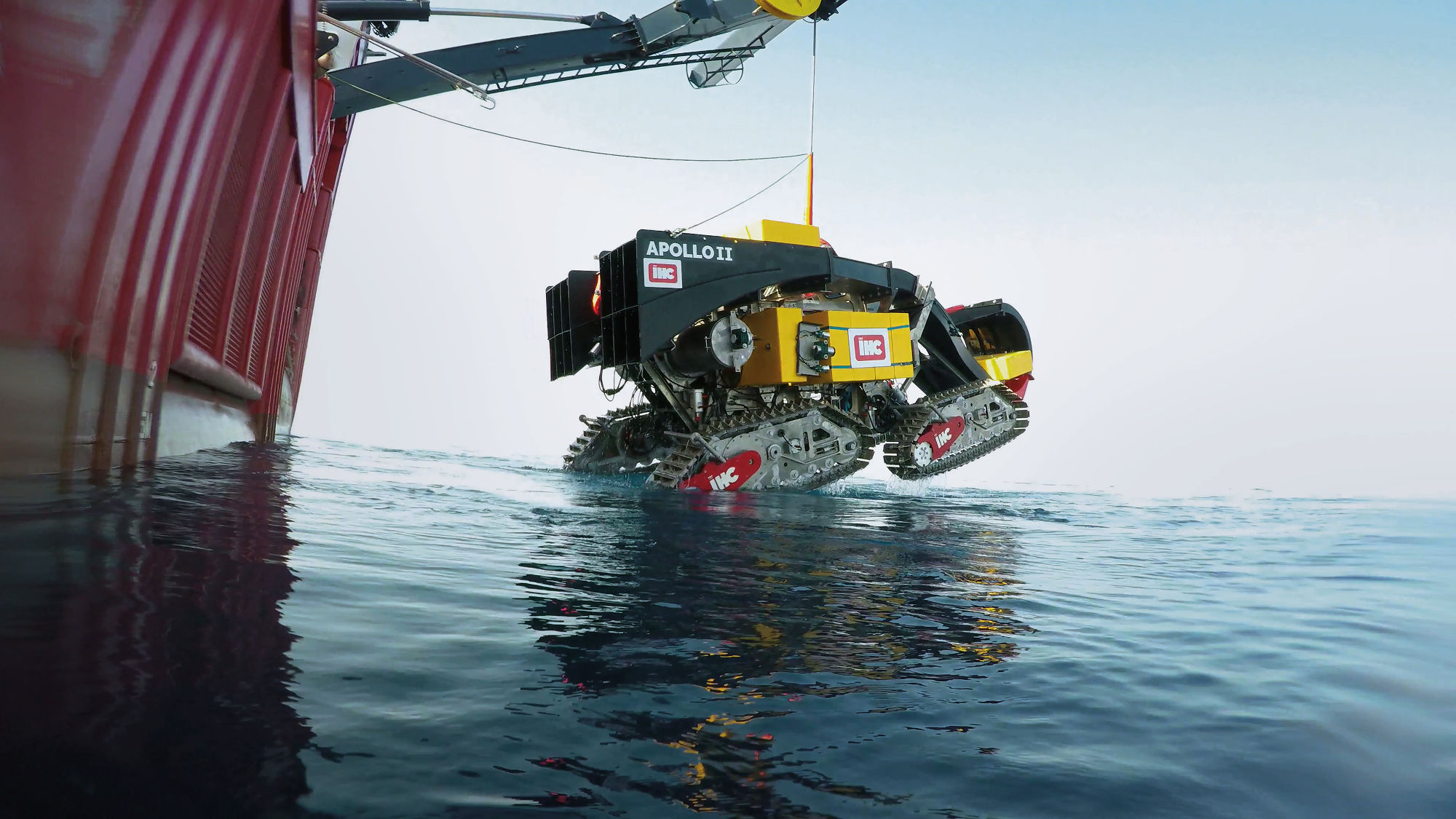
.jpg)
